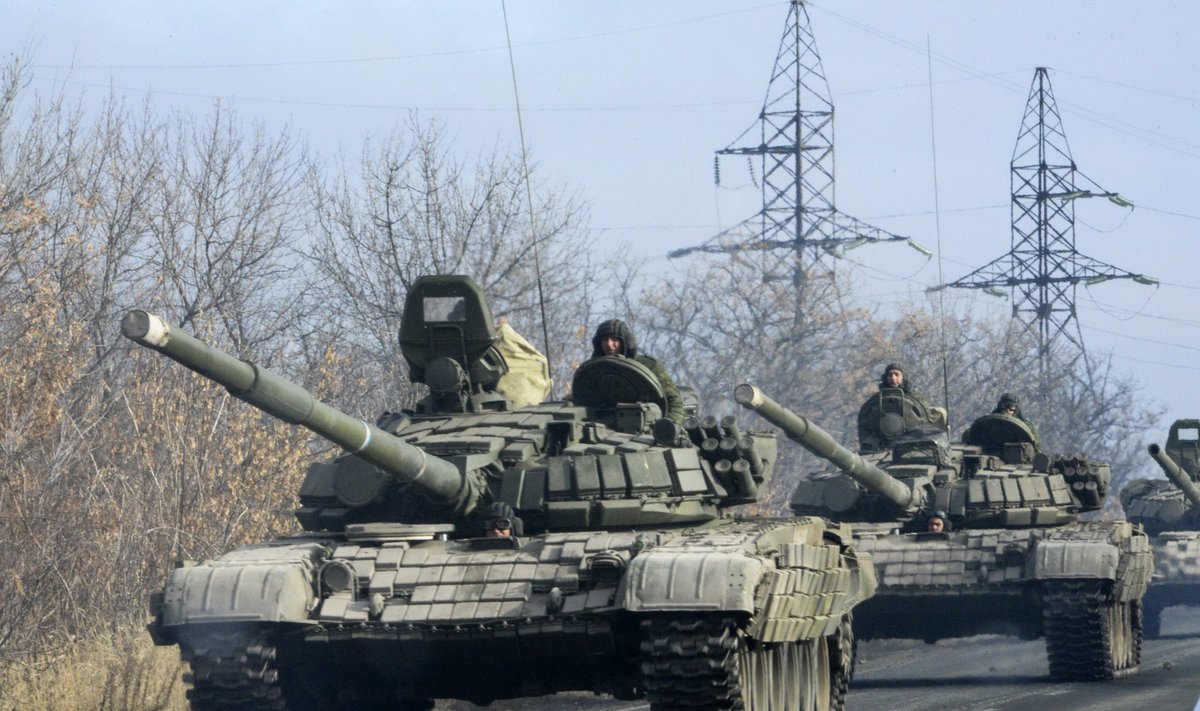“The games’ findings are unambiguous: As currently postured, NATO cannot successfully defend the territory of its most exposed members,” said the Rand report.
In the event of a potential Russian military incursion in the Baltics, Russian forces would be knocking on the doors of the Estonian capital of Tallinn or the Latvian capital of Riga within 36 to 60 hours. US and Baltic troops — and American airpower — would be unable to halt the advance of mechanized Russian units and would suffer heavy casualties in the process, said the report.
“Such a rapid defeat would leave NATO with a limited number of options, all bad,” the report said.
Rand found that the United States and its NATO allies lack sufficient troop numbers or tanks and armoured vehicles to slow the advance of Russian armoured divisions.
In response to such an attack on the Baltic States, NATO would be left with few attractive options. The Rand report said the United States and its NATO allies could try to mount a bloody counter-attack, but that could trigger a dramatic escalation by Russia, as it would be likely to see it as a direct strategic threat to its homeland.
NATO’s second option would be to threaten massive retaliation, including the use of nuclear weapons. A third option would be to concede at least a temporary defeat, making NATO toothless, and embark on a new Cold War with Moscow, the report said.
The analysts said that such a catastrophic scenario could be avoided, but would be extremely costly. A force of about seven brigades in the region, including three heavily armoured brigades, and backed up by airpower and artillery, would be enough to prevent the rapid overrun, but the additional forces would cost an estimated €2.4 billion ($2.7 billion) a year to maintain.
However, the report said that this would not be unaffordable in the context of NATO’s overall budget. “Crafting this deterrent posture would not be inexpensive in absolute terms, with annual costs perhaps running on the order of $2.7 billion.”
“That is not a small number, but seen in the context of an Alliance with an aggregate gross domestic product in excess of $35 trillion and combined yearly defence spending of more than $1 trillion, it hardly appears unaffordable.”
The study said that NATO has been caught napping by a resurgent and unpredictable Russia, which has been boosting defence spending after seizing the Crimean peninsula in Ukraine and intervened in support of pro-Moscow separatists in eastern Ukraine.
The report emerged a day after the Obama administration said it will propose quadrupling its spending its troops, equipment and training in eastern and central Europe to over €3 billion as a deterrent to Russian aggression.
